How To Help A Timid Cat Become More Social
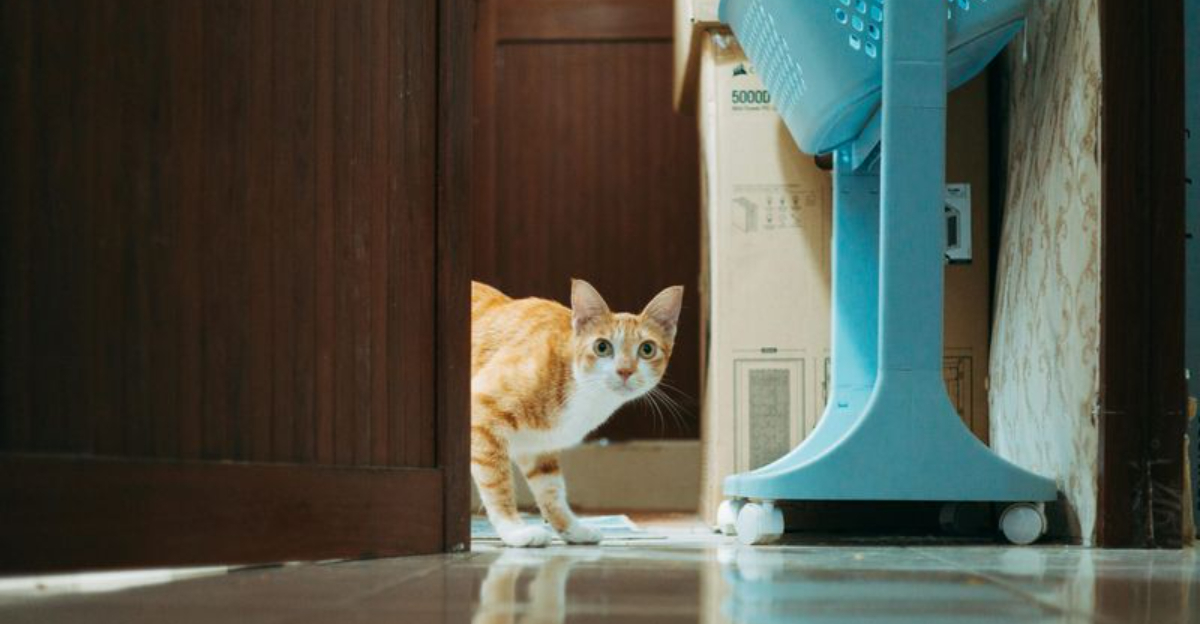
Ever wondered why your feline friend hides when visitors arrive? Some cats naturally shy away from social situations due to past experiences or personality traits.
Helping a timid cat become more comfortable around others requires patience, understanding, and consistent positive reinforcement. These practical tips will guide you through transforming your nervous kitty into a more confident companion.
Create A Safe Haven
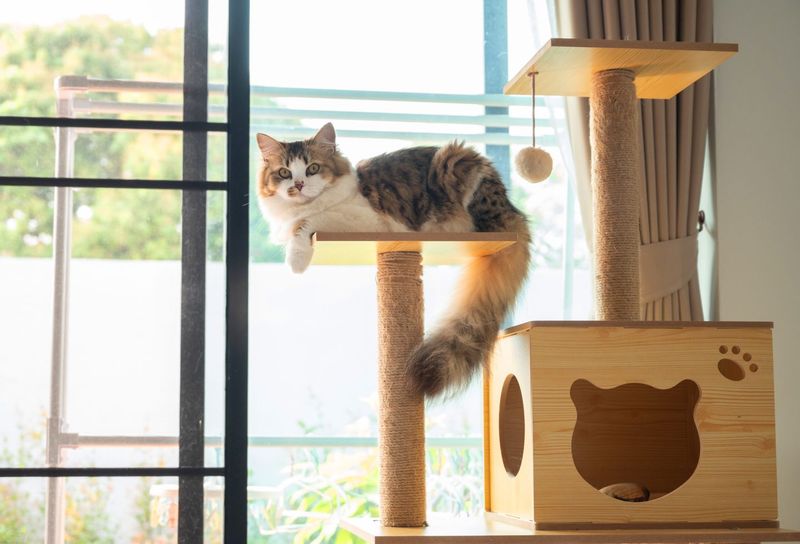
Frightened felines need their own special retreat where they feel protected. Set up a cozy corner with a soft bed, familiar toys, and perhaps a cardboard box for hiding.
This sanctuary gives your cat control over social interactions. When feeling overwhelmed, they can retreat without completely disconnecting from household activities. Make sure family members respect this space as off-limits for disturbances.
Reward Brave Behavior
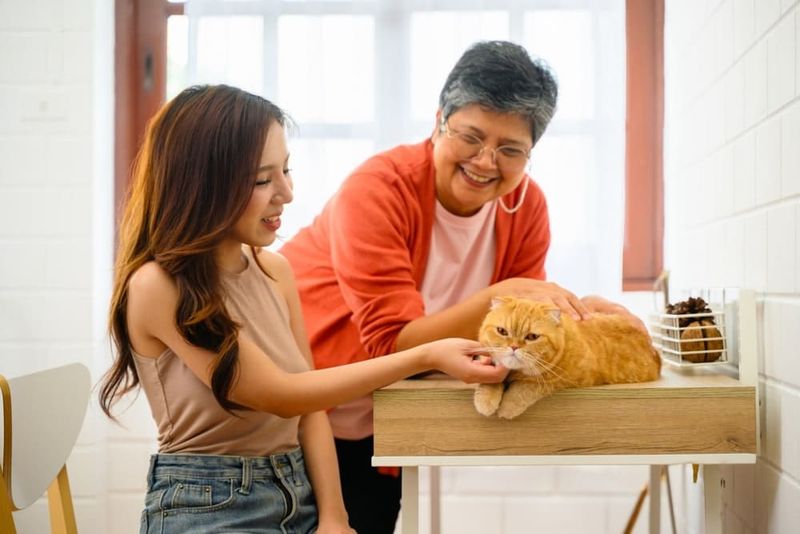
Positive reinforcement works wonders with skittish kitties! Keep special treats handy to reward even tiny steps toward socialization. Maybe your cat peeked out when a guest arrived instead of hiding completely?
That deserves a tasty morsel! The timing matters tremendously here. Give the treat immediately after the brave behavior so your cat connects social courage with good things. Soon, they’ll associate new people with positive experiences.
Speak Softly And Move Slowly

Loud voices and sudden movements send timid cats running for cover. Practice using a quiet, soothing tone when interacting with your nervous kitty. Quick gestures appear threatening to cats, so adopt deliberate, predictable movements.
Even approaching your cat’s hiding spot should happen gradually. Sit nearby without making demands or direct eye contact, which cats often find intimidating. This gentle approach helps build trust as your cat learns you’re not a threat.
Introduce Scent Before Sight
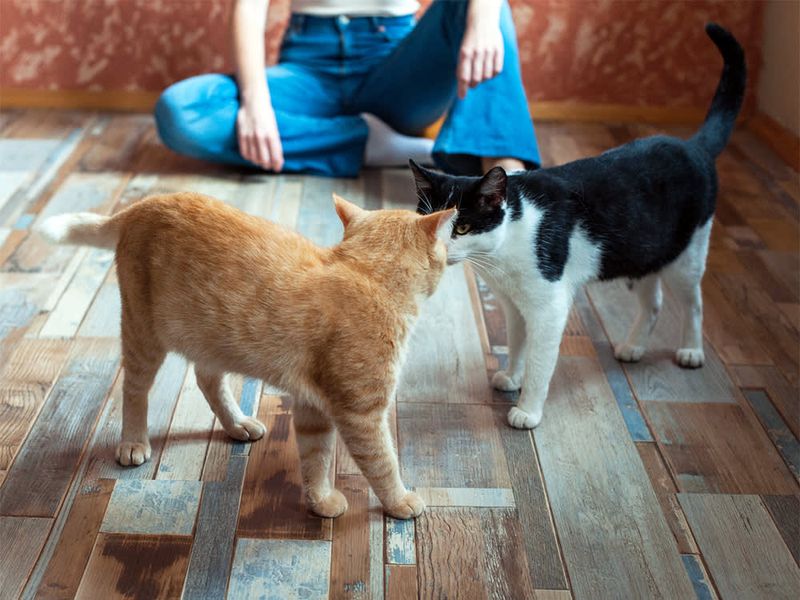
Cats navigate their world primarily through smell. Before introducing your timid cat to new people, exchange scents first. Have visitors leave an item carrying their scent, like a sock or t-shirt.
Place this near your cat’s feeding area so they associate the unfamiliar smell with positive mealtime experiences. When the actual person arrives later, your cat will already recognize their scent as non-threatening. This technique significantly reduces anxiety during face-to-face meetings.
Use Interactive Toys As Social Bridges
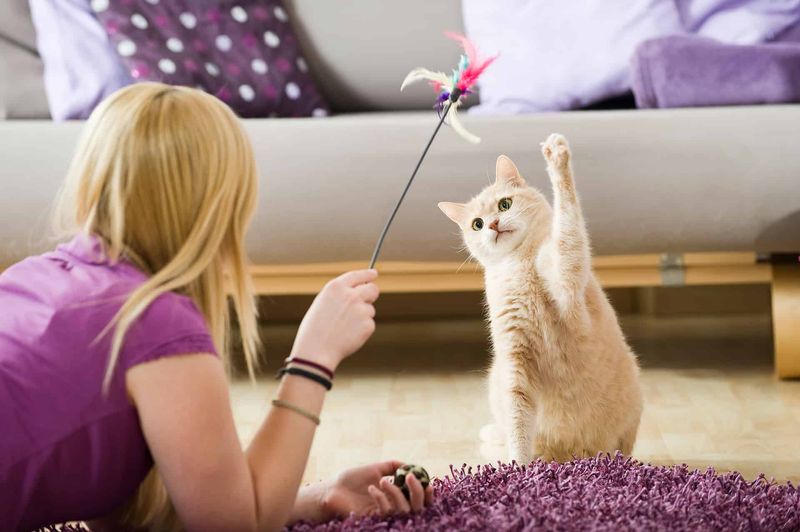
Wand toys create the perfect distance buffer for nervous cats. They allow interaction without the intimidation of direct contact. A feather dancer or string toy lets your cat focus on play rather than fear.
Ask visitors to gently wiggle a toy while sitting quietly. Your cat might start by watching from afar before gathering courage to pounce. These shared play sessions build positive associations with new people while keeping your cat in control of proximity.
Maintain Consistent Daily Routines
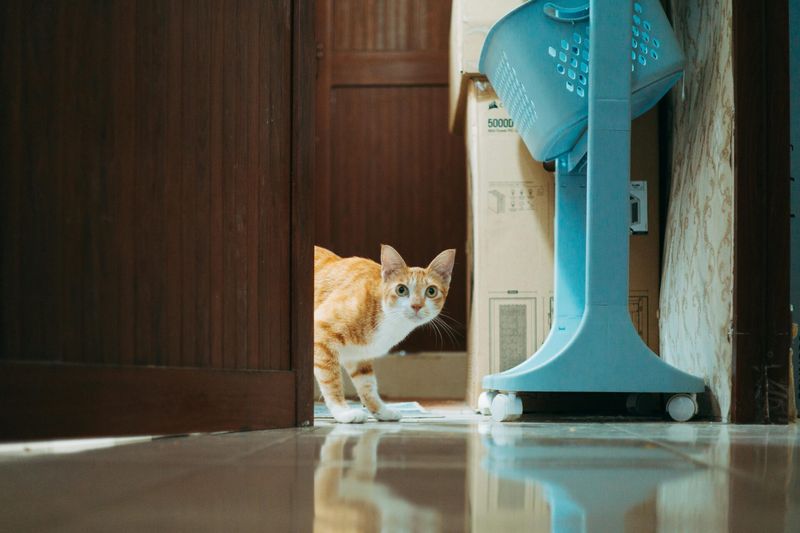
Unpredictability creates anxiety for timid cats. Establishing regular feeding times, play sessions, and quiet periods provides security through structure. When cats know what to expect, they feel more confident navigating their environment.
Try to schedule socialization attempts during your cat’s naturally active periods. Most cats feel more receptive to interaction after a meal or during their evening activity window. Consistency creates a foundation of trust that makes social growth possible.
Consider A Confident Feline Friend
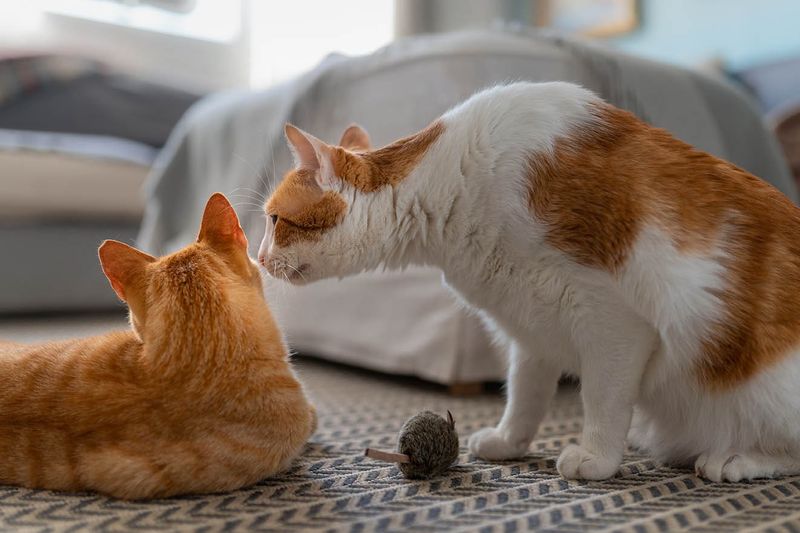
Sometimes the best teacher for a shy cat is another more sociable feline. A confident cat demonstrates that humans aren’t scary and can even show your timid kitty how to seek attention and affection.
This approach requires careful introduction between the cats first. Once bonded, watch as your shy cat learns by example. The resident cat acts as a social translator, helping your timid pet understand human behavior isn’t threatening after all.
Try Calming Pheromone Products
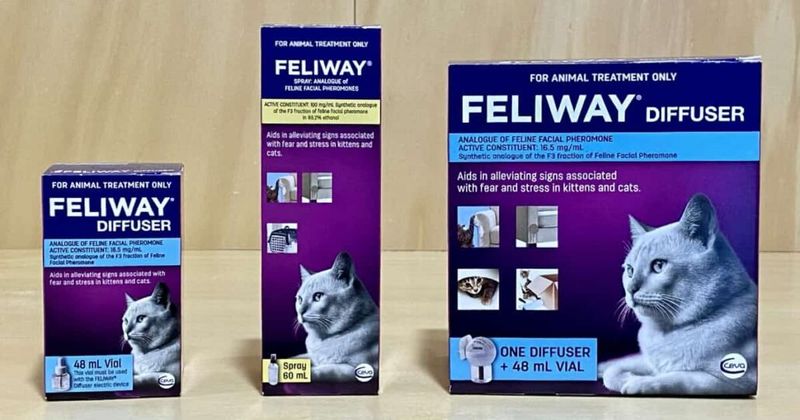
Science offers a helping hand for anxious cats through synthetic pheromones. Products like Feliway mimic the natural facial pheromones cats release when feeling secure in their territory. These chemical messages signal safety to your cat’s brain.
Diffusers, sprays, or collars can create an atmosphere of calm that makes socialization less stressful. Many cat owners report significant improvements in their pets’ confidence levels after consistent use. The subtle influence works without medication or force.
Practice Short, Positive Social Sessions
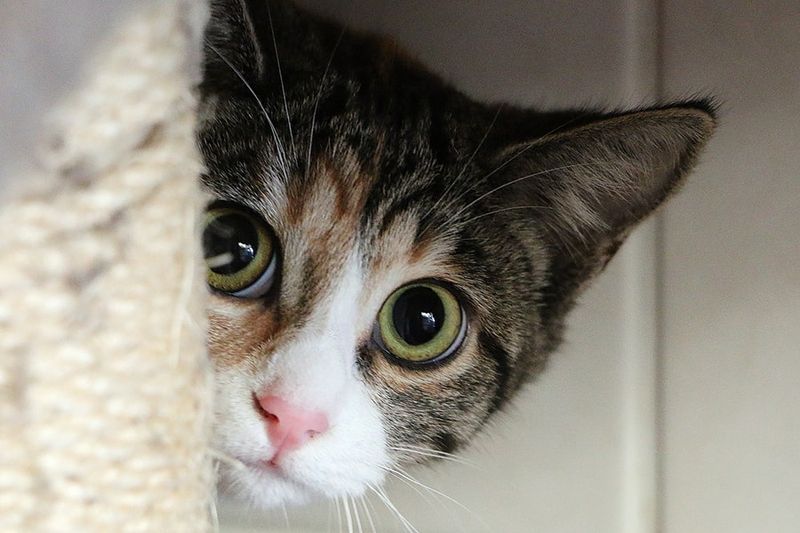
Quality trumps quantity when socializing scared cats. Brief, pleasant interactions build confidence better than lengthy sessions that overwhelm. Start with just five minutes of gentle presence near your cat without demanding attention.
Gradually extend these periods as your cat shows comfort signals – relaxed posture, slow blinking, or even approaching. Always end sessions before your cat shows stress. This approach creates a foundation of trust that makes longer social interactions possible later.
Recognize And Respect Individual Limits
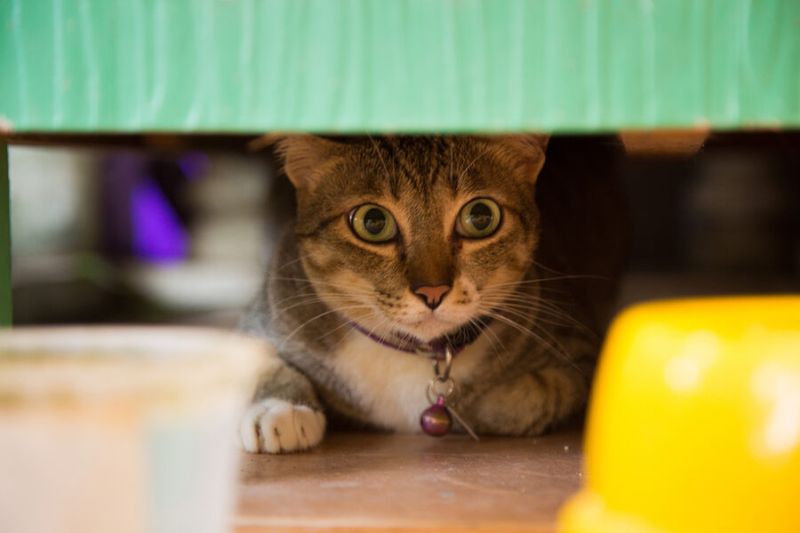
Every cat has a unique social threshold. While some formerly timid cats may eventually enjoy being the center of attention, others might only become comfortable with a small circle of familiar people.
Accepting your cat’s natural personality prevents pushing beyond their capabilities. Look for subtle signs of progress rather than expecting dramatic transformation. A cat who now sits in the same room with visitors instead of hiding represents real success, even without direct interaction.






